#Synod of Cashel
Text
#OTD in Irish History | 2 February:
1172 – Last day King Henry II holds his court in Dublin.
1172 – The Synod of Cashel: the Bishops of Ireland, under duress, pledge allegiance to Henry II of England.
1806 – Birth of painter, Daniel Maclise, in Co Cork.
1880 – Charles Stewart Parnell addresses the U.S. Congress.
1882 – Birth of novelist, short story writer, and poet, James Joyce, in Dublin.
1882 – Birth of poet and novelist, James…
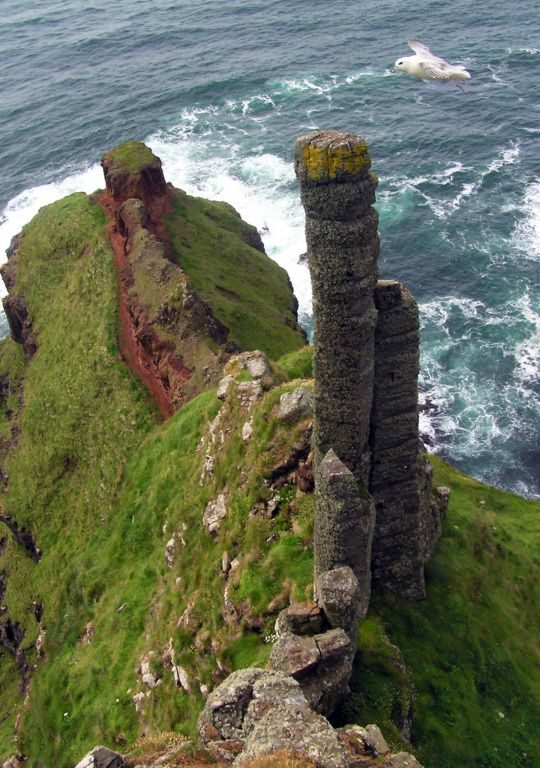
View On WordPress
#irelandinspires#irishhistory#OTD#2 February#Bloody Sunday funerals#History#History of Ireland#Ireland#Irish Civil War#Irish History#Synod of Cashel#Today in Irish History
9 notes
·
View notes
Text
Tara of the Kings
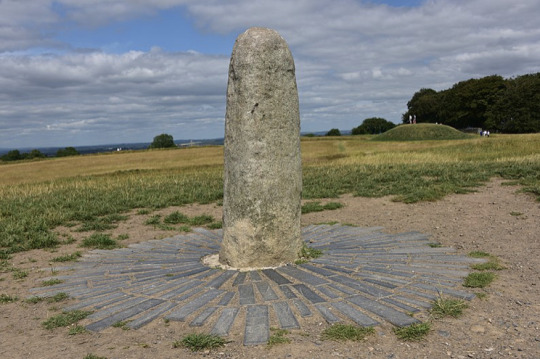
The Hill of Tara is Ireland's most revered ancient landscape, a place where monuments, myths and memories combine to create an icon of national identity. Tara was the chief pagan sanctuary of early Ireland, an arena for ceremony, burial and ritual. Twenty-five monuments are visible as earthworks on the Hill of Tara today; archaeologists have detected a further 50 buried beneath the soil. The five principal roads of ancient Ireland converged on this place and Tara's influence radiated into the surrounding countryside, where many related monuments are to be found. Eventually the prestige of Tara's past was harnessed as a symbol of a national kingship; to be crowned king of Tara was to be accepted as king of Ireland. Among the 25 monuments of Tara we have; the Mound of the Hostages, Raith of the synods, banquet hall, Raith na Ríg (this in circles, the crown of the hill of Tara to form a huge, ceremonial sanctuary. Excavations have revealed that it was built in the iron age.), Forrad, Tech Cormaic, Raith Loegaire, the sloping trenches (Clenfherta), Raith Grainne and Rath Maeve henge (2500-2000 BC).
The story of Tara starts in the late fourth millennium before the birth of Christ, when a communal burial place (passage tomb), Duma na ngiall, was constructed on the hill. So began Tara's role as a place of burial, a role that was to endure for over three millennia. Generation after generation added their imprint, each reflecting and referencing the monuments that had gone before. In so doing, communities engaged with the sacred world by erecting some of the most spectacular ceremonial monuments of prehistoric Ireland. It is likely that the great processional avenue (cursus) known as the Tech Midchüarta and the large ceremonial enclosure (henge) Rath Maeve were constructed towards the end of the Stone Age. The Irish names given to each monument are derived from the eleventh-century AD Dindanai Temrach, 'The remarkable places of Tara'. This forms part of a series of medieval texts entitled Dindshenchas Érenn. Funerary barrows like the Clenfherta are Bronze Age and Iron Age burial places. Perhaps they hold the remains of those who constructed the vast ceremonial sanctuary of Raith na Rig, which crowns the Hill of Tara, and prestigious dwellings such as Raith na Senad.
A visit to Tara around the time of the birth of Christ may have begun by journeying up Tech Midchuarta towards the sacred summit sanctuary at Raith na Rig. We can still follow this route today and immerse ourselves in this hallowed landscape. Tara is one of the 'royal sites' of Ireland, which served as the seats of the Gaelic kings. Historical sources associate these sites with various medieval Irish kingdoms, and archaeological investigations have shown that many of them were culturally significant. Each Irish kingdom is thought to have had its own royal site but six such sites are considered to be the most important. Four of these are associated with the four major provinces of Ireland - Cashel for Munster, Emain Macha (Navan Fort) for Ulster, Dún Ailinne for Leinster and Rathcroghan for Connacht. The Hill of Tara served as the seat of the kings of Meath and as the seat of the high king of Ireland.
5 notes
·
View notes
Text

SAINTS FOR JULY 24
St. John Boste, 1594 A.D. One of the Forty Martyrs of England and Wales. He was born at Dufton, at Westmoreland, England, and studied at Oxford. Becoming a Catholic in 1576, he went to Reims and received ordination in 1581. John went back to England where he worked in the northern parts of the kingdom and became the object of a massive manhunt. He was betrayed, arrested, and taken to London. There he was crippled on the rack and returned to Dryburn near Durham. On July 24, he was hanged, drawn, and quartered. John was canonized by Pope Paul VI in 1970 as a martyr of Durham.
Sts. Wulfhade and Ruffinus, 7th century. Wulfhade and Ruffinus (d.c. seventh century). Martyrs of England. Little is known about them with any certainty, although according to tradition they were two princes of Mercia who were baptized by St. Chad and were swiftly executed by their pagan father. They were martyred at Stone, Staffordshire
Bl. Maria Pilar Martinez Garcia & Companions, Roman Catholic Carmelite nun, with Maria Angeles Valtierra and Teresa Garcia y Garcia. They were killed in Guadalajara, Spain, by communists in the civil war. Maria Pilar Martinez was an older nun from Tarazona, Zaragoza.Feastday July 24
Bl. Maria Angeles of Saint Joseph was a Carmelite nun at the monastery of Guadalajara, Spain. She was one of hundreds of martyrs during the Spanish Civil War of 1936-1939. Feastday July 24
Bl. Joseph Fernandez, Roman Catholic Dominican Martyr of Vietnam. He was sent there in 1805 as an ordained priest and appointed provincial vicar of the mission. He was beheaded. Feastday July 24
ST. CHRISTINE, VIRGIN AND MARTYR-Like many ancient martyrs, Christina was a young woman who, on account of her love of Christ, found enemies within her own family. She was tortured by her own father to induce her to renounce her faith. After his death, the torture continued, until, shot by arrows, she won the crown of martyrdom.
ST. CHARBEL MAKHLOUF, PRIEST
St. Menefrida, 5th century. Patron saint of Tredresick, in Cornwall, England. She belonged to the family of Brychan of Brecknock.
St. Declan. St. Declan First bishop of Ardmore in Ireland July 24 was baptized by St. Colman, and preached the faith in that country a little before the arrival of St. Patrick, who confirmed the Episcopal see of Ardmore, in a synod at Cashel in 448. Many miracles are ascribed to St. Declan, and he has ever been much honored in the viscounty of Dessee, anciently Nandesi.
3 notes
·
View notes
Text
SAINT OF THE DAY (November 9)
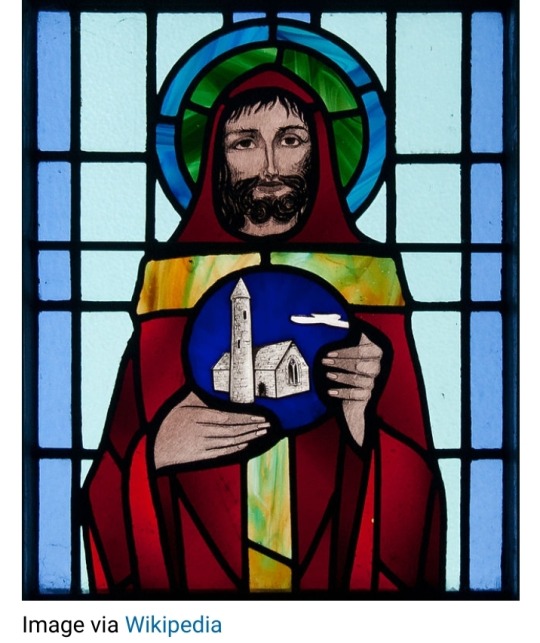
St. Benignus of Kilbannon
St. Benignus of Kilbannon was the son of Sesenen, an Irish chieftain in the part of Ireland, which is now County Meath.
He was baptized by St. Patrick. He became his favorite disciple and coadjutor in the See of Armagh.
His gentle and lovable disposition suggested the name Benen, which has been Latinized as Benignus.
He followed his master in all of his travels and assisted him in his missionary labors, giving most valuable assistance in the formation of choral services.
Because of his musical attributes, he was known as "Patrick's psalm-singer," and he drew thousands of souls to Christ through his sweet voice.
St. Benignus is said not only to have assisted in compiling the great Irish Code of Laws and the Senchus Mor, but also to have contributed materials for the "Psalter of Cashel" and the "Book of Rights."
He was present at the famous synod that passed the canon recognizing the "See of the Apostle Peter" as the final court of appeal in difficult cases, which canon is to be found in the Book of Armagh.
St. Benignus resigned his coadjutorship in 467 and died at the close of the same year. His feast is celebrated on the 9th of November.
Most authorities have identified St. Patrick's psalm-singer with the St. Benignus who founded Kilbannon, near Tuam, though there is another Irish St. Benignus who comes from Armagh.
Though the two saints are often confused, they were contemporaries.
6 notes
·
View notes
Link
Grail and Celtic Christianity from “On Grail Christianity”
“…Grail Christianity and the Grail Church, which at times has also been referred to as the British Church, the Welsh Church, the Old Catholic Church, Druidic Christian Church as well as other labels, also has much in common with Celtic Christianity. It receives much of its guidance to the saints of the Celtic Church, including Saint Joseph of Arimathea, Saint Patrick, Saint Columba, Saint Aidan, Saint Brendan, Saint Brigid, Saint Gildas, Saint Petroc and Saint Cadoc, but also two who it could be argued ought to have been declared Saints, Origen of Alexandria and Pelagius….”
“…Though he spent many years in Rome, Pelagius was of Irish descent. In addition to being a Saint of the Grail Church, Pelagius can certainly be viewed (and most likely is) a Saint of the Celtic Church as well. As with the Grail Church, other Celtic Saints are St. Patrick, St. Columba, Saint Brigid and St. Brendan. Of the antiquity of the Celtic Church, it was reported that upon learning that the Pope had tasked him with traveling to the British Isles, Augustine appealed to the Pope for a release, fearing the reputation of the savage British tribes. Instead Augustine found that the “savages” were already Christian. There were Christian abbeys at Whithorn as well as Glastonbury by the turn of the fifth century.”
“The earliest clearly British Christian leader recorded after the departure of the Roman Legions from the island was Saint Dyfrig… (of whom legend contends) “solemnized the marriage of King Arthur and Guinevere.” Dyfrig’s student Saint Illtud is referred to in The Welsh Triads as “one of the three knights of the Court of Arthur who kept the Holy Grail.” He was much like Merlin and “…by descent (was) a Druid and foreknower of future events.”
The lineage of the original Celtic Church from Saint Dyfrig is extensive, including such luminaries as Saints David, Cadoc, Petroc, Piran, Kentigern/Mungo, Samson, and Gildas. It officially ends only in 1172 when “the Synod of Cashel ended the Celtic Christian system and brought them under Rome.”
0 notes
Photo
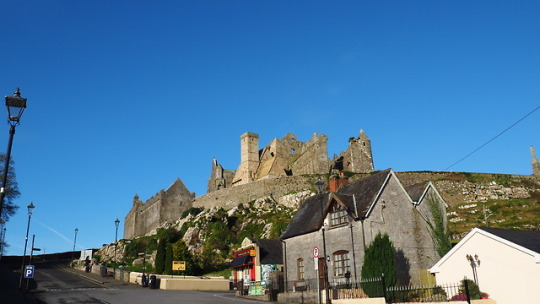

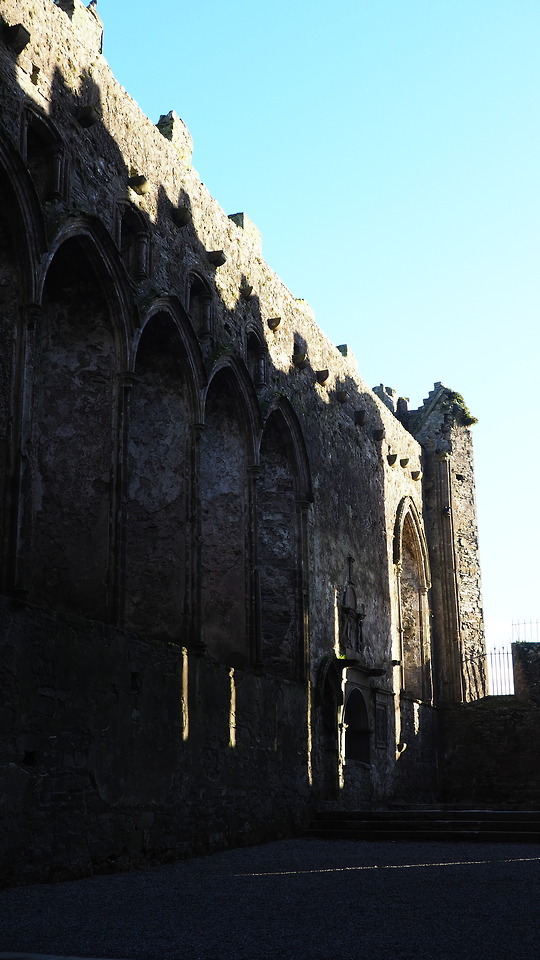



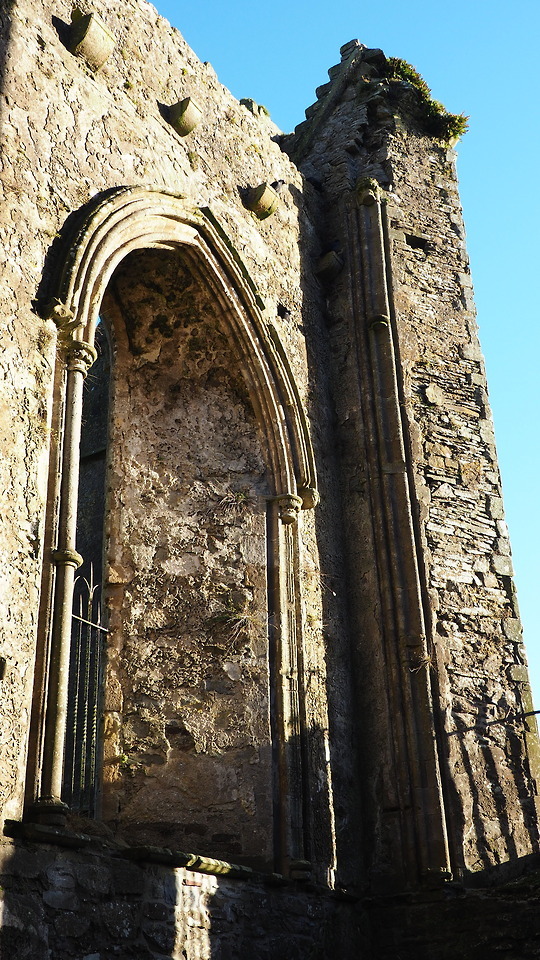


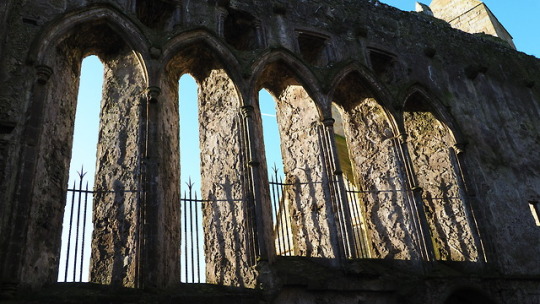
Cashel, comté de Tipperany.
La cathédrale médiévale s’élève du rocher de Cashel (Rock of Cashel) date du XIII siècle, mais, certaines pierres remontent au Ve siècle. Brian Borù y fut sacré Haut-Roi (High King) d’Irlande en 977.
C’est aussi en son sein qu’en 1172, lors du synode (concile) de Cashel que le Roi Henri II d’Angleterre force l’Irlande à se soumettre à l’Église catholique romaine et bannit les pratiques catholiques celtiques.
0 notes
Text
Council of Cashel (1101) brought Ireland into line with mainland Europe, freed of secular taxation, made priests celibate, and honouring the right of sanctuary. Council of Rath Breasil (1111) divided Ireland geographically into two provincial organisations: north and south. Cashel would be the seat of power in the south, Armagh in the north. Each province would have 12 diocese. Ireland (and England!!!) were invaded with papal support. In the 12th century, after the Norman conquest, the Church reforms made sure that the Irish church accepted Vatican authority, brought the church even closer to Canterbury, formalised in 1072, when Lanfranc claimed authority over Ireland, allowed the monastic system to continue, and increased pilgrimages to Rome. Synod of Cashel (1171) ended abuses to laws of marriage (particularly clergy marrying), standardised rules for sacraments, and provided for freedom from state interference. The Synod accepted Henry as Lord.
0 notes
Text
#OTD in 1831 – A Proctor and 13 Constables are killed by tithe protesters at Carrickshock, Co Kilkenny.
In Ireland, tithes were not introduced until the Synod of Cashel in 1171, and then were confined mainly to areas under Anglo-Norman control. In theory, the revenue from tithe divided into four parts: one for the upkeep of the clergyman, another for Poor Relief, a third for Church Maintenance and Education and the fourth for the Bishop. Practice did not follow theory, and by the 18th century, the…
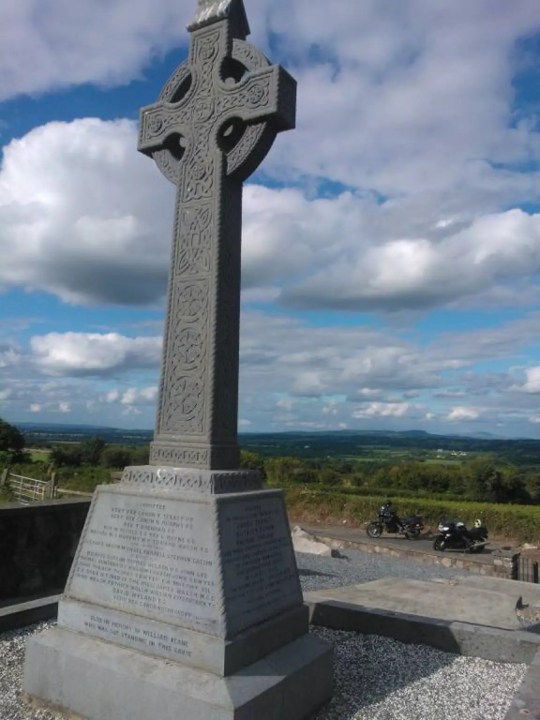
View On WordPress
#1798 United Irishmen Rebellion#Ballyhale#Battle of Carrickshock#Carrickshock Commons#Church of England#Co. Kilkenny#Crown#England#History of Ireland#Hugginstown#Ireland#Irish History#James Treacy#Landowners#Patrick Power#Synod of Cashel#Thomas Phelan#Tithe War#William Keane
4 notes
·
View notes
Text
#OTD in 1831 – A Proctor and 13 Constables are killed by tithe protesters at Carrickshock, Co Kilkenny.
#OTD in 1831 – A Proctor and 13 Constables are killed by tithe protesters at Carrickshock, Co Kilkenny.
In Ireland, tithes were not introduced until the Synod of Cashel in 1171, and then were confined mainly to areas under Anglo-Norman control. In theory, the revenue from tithe divided into four parts: one for the upkeep of the clergyman, another for Poor Relief, a third for Church Maintenance and Education and the fourth for the Bishop. Practice did not follow theory, and by the 18th century, the…
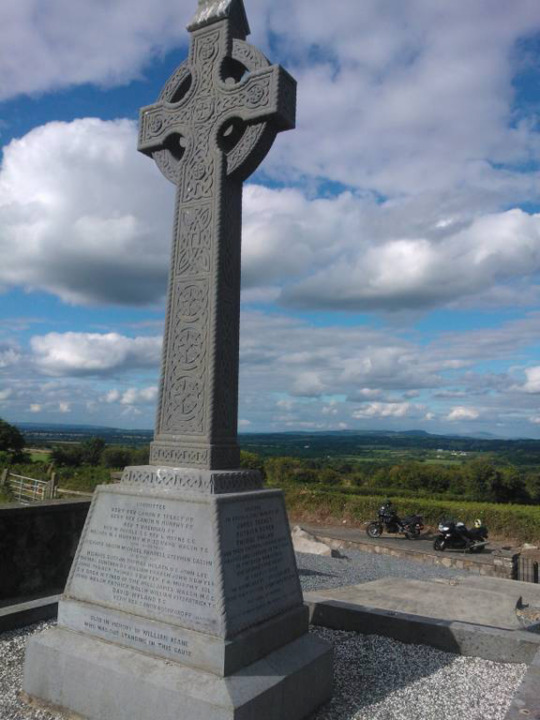
View On WordPress
#1798 United Irishmen Rebellion#Ballyhale#Battle of Carrickshock#Carrickshock Commons#Church of England#Co. Kilkenny#Crown#England#History of Ireland#Hugginstown#Ireland#Irish History#James Treacy#Landowners#Patrick Power#Synod of Cashel#Thomas Phelan#Tithe War#William Keane
5 notes
·
View notes
Text
#OTD in 1172 – The Synod of Cashel | the Bishops of Ireland, under duress, pledge allegiance to Henry II of England.
Twenty years after the Synod of Kells had received papal confirmation for the new organisational structure for the church in Ireland, another synod took place at Cashel. This, however, was a synod of a different kind; it assembled at the request of King Henry II of England, shortly after his arrival in Ireland on 17 October 1171. He first went to Lismore, the see of Gilla-Crfst Ua Connairche,…

View On WordPress
#Bishops of Ireland#Cashel#Co. Tipperary#Henry II#History#History of Ireland#Ireland#Irish History#Rock of Cashel#Synod of Kells#The Synod of Cashel
7 notes
·
View notes
Text

SAINTS NOVEMBER 14
ST. SERAPION OF ALGIERS-Born in London in 1179, Serapion is said to have taken part in the third Crusade, under the leadership of Richard the Lion-hearted. He eventually joined the Mercedarian order, and dedicated himself to the redemption and conversion of slaves, whom he freed by the hundreds. He was martyred in 1240. Nov 14
St. Dubricus, 545 A.D. One of the founders of monastic life in Wales also called Dubric, Dyfrig, or Devereux. He was born in Madley, Wales, and he founded monasteries at Henllan and Moccas. These served as motherhouses for other abbeys in Herefordshire, Gwent, and the Wye Valley. Dubricus also ruled Caldrey Island. He appointed St. Samson abbot and ordained him as a bishop. Dubricus spent the last years of his life at Ynys Enlli. He is believed to have been the arch-bishop of Caerleon. He died and was buried on the island of Bardsey.
St. Lawrence O'Toole, 1180 A.D. Augustinian archbishop of Dublin, Ireland. He was born at Leinster, the Son of Murtagh, chief of the Murrays, in Castledermot, Kildare. Taken hostage by King Dermot McMurrogh of Leinster in a raid, Lawrence was surrendered to the bishop of Glendalough. Lawrence became a monk, and in 1161 was named archbishop of Dublin. He was involved in negotiating with the English following their invasion of Ireland, and in 1172 convened a synod at Cashel. He also attended the General Lateran Council in Rome in 1179, and was named papal legate to Ireland. While on a mission to King Henry II of England, Lawrence died at Eu, Normandy, France. He was canonized in 1225.
St. Modanic, 8th century. Scottish bishop traditionally venerated in Aberdeen. He was an avid scholar and reformer in a troubled era.
St. Joseph Pignatelli, Roman Catholic Jesuit Priest and confessor and one of the restorers of the Society of Jesus after its suppression in 1773.
0 notes
Text
SAINTS NOVEMBER 14
ST. SERAPION OF ALGIERS-Born in London in 1179, Serapion is said to have taken part in the third Crusade, under the leadership of Richard the Lion-hearted. He eventually joined the Mercedarian order, and dedicated himself to the redemption and conversion of slaves, whom he freed by the hundreds. He was martyred in 1240. Nov 14
St. Dubricus, 545 A.D. One of the founders of monastic life in Wales also called Dubric, Dyfrig, or Devereux. He was born in Madley, Wales, and he founded monasteries at Henllan and Moccas. These served as motherhouses for other abbeys in Herefordshire, Gwent, and the Wye Valley. Dubricus also ruled Caldrey Island. He appointed St. Samson abbot and ordained him as a bishop. Dubricus spent the last years of his life at Ynys Enlli. He is believed to have been the arch-bishop of Caerleon. He died and was buried on the island of Bardsey.
St. Lawrence O'Toole, 1180 A.D. Augustinian archbishop of Dublin, Ireland. He was born at Leinster, the Son of Murtagh, chief of the Murrays, in Castledermot, Kildare. Taken hostage by King Dermot McMurrogh of Leinster in a raid, Lawrence was surrendered to the bishop of Glendalough. Lawrence became a monk, and in 1161 was named archbishop of Dublin. He was involved in negotiating with the English following their invasion of Ireland, and in 1172 convened a synod at Cashel. He also attended the General Lateran Council in Rome in 1179, and was named papal legate to Ireland. While on a mission to King Henry II of England, Lawrence died at Eu, Normandy, France. He was canonized in 1225.
St. Modanic, 8th century. Scottish bishop traditionally venerated in Aberdeen. He was an avid scholar and reformer in a troubled era.
St. Joseph Pignatelli, Roman Catholic Jesuit Priest and confessor and one of the restorers of the Society of Jesus after its suppression in 1773.
0 notes
Text
Saint of the day July 24
St. John Boste, 1594 A.D. One of the Forty Martyrs of England and Wales. He was born at Dufton, at Westmoreland, England, and studied at Oxford. Becoming a Catholic in 1576, he went to Reims and received ordination in 1581. John went back to England where he worked in the northern parts of the kingdom and became the object of a massive manhunt. He was betrayed, arrested, and taken to London. There he was crippled on the rack and returned to Dryburn near Durham. On July 24, he was hanged, drawn, and quartered. John was canonized by Pope Paul VI in 1970 as a martyr of Durham.
https://en.wikipedia.org/wiki/John_Boste
Sts. Wulfhade and Ruffinus, 7th century. Wulfhade and Ruffinus (d.c. seventh century). Martyrs of England. Little is known about them with any certainty, although according to tradition they were two princes of Mercia who were baptized by St. Chad and were swiftly executed by their pagan father. They were martyred at Stone, Staffordshire
https://en.wikipedia.org/wiki/Wulfhad_and_Ruffin#:~:text=Saints%20Wulfhad%20and%20Ruffin%20(or,feast%20day%20is%2024%20July.
St. Lewina, 5th century. Martyred virgin of England, a Briton slain by invading Saxons. In 1058, her relics were translated from Seaford, in Sussex, England, to Berques in Flanders, Belgium.
https://en.wikipedia.org/wiki/Lewina#:~:text=under%20July%2024%2C-,St.,part%20of%20those%20of%20St.
St. Menefrida, 5th century. Patron saint of Tredresick, in Cornwall, England. She belonged to the family of Brychan of Brecknock.
https://en.wikipedia.org/wiki/Menefrida
St. Declan. St. Declan First bishop of Ardmore in Ireland July 24 was baptized by St. Colman, and preached the faith in that country a little before the arrival of St. Patrick, who confirmed the Episcopal see of Ardmore, in a synod at Cashel in 448. Many miracles are ascribed to St. Declan, and he has ever been much honored in the viscounty of Dessee, anciently Nandesi.
https://en.wikipedia.org/wiki/Decl%C3%A1n_of_Ardmore
Bl. Maria Angeles of Saint Joseph was a Carmelite nun at the monastery of Guadalajara, Spain. She was one of hundreds of martyrs during the Spanish Civil War of 1936-1939. Feastday July 24
https://second.wiki/wiki/marc3ada_c381ngeles_de_san_josc3a9
Bl. Maria Pilar Martinez Garcia & Companions, Roman Catholic Carmelite nun, with Maria Angeles Valtierra and Teresa Garcia y Garcia. They were killed in Guadalajara, Spain, by communists in the civil war. Maria Pilar Martinez was an older nun from Tarazona, Zaragoza.Feastday July 24
https://carmelitequotes.blog/2021/07/21/24jul21-femspanishmartyrs-liturgy/
0 notes
Text
#OTD in Irish History | 2 February:
#OTD in Irish History | 2 February:
1172 – Last day King Henry II holds his court in Dublin.
1172 – The Synod of Cashel: the Bishops of Ireland, under duress, pledge allegiance to Henry II of England.
1806 – Birth of painter, Daniel Maclise, in Co Cork.
1880 – Charles Stewart Parnell addresses the U.S. Congress.
1882 – Birth of novelist, short story writer, and poet, James Joyce, in Dublin.
1882 – Birth of poet and novelist, James…

View On WordPress
#irelandinspires#irishhistory#OTD#2 February#Bloody Sunday funerals#History#History of Ireland#Ireland#Irish Civil War#Irish History#Synod of Cashel#Today in Irish History
12 notes
·
View notes
Text
#OTD in 1831 – A Proctor and 13 Constables are killed by tithe protesters at Carrickshock, Co Kilkenny.
#OTD in 1831 – A Proctor and 13 Constables are killed by tithe protesters at Carrickshock, Co Kilkenny.
In Ireland, tithes were not introduced until the Synod of Cashel in 1171, and then were confined mainly to areas under Anglo-Norman control. In theory, the revenue from tithe divided into four parts: one for the upkeep of the clergyman, another for Poor Relief, a third for Church Maintenance and Education and the fourth for the Bishop. Practice did not follow theory, and by the 18th century, the…

View On WordPress
#1798 United Irishmen Rebellion#Ballyhale#Battle of Carrickshock#Carrickshock Commons#Church of England#Co. Kilkenny#Crown#England#History of Ireland#Hugginstown#Ireland#Irish History#James Treacy#Landowners#Patrick Power#Synod of Cashel#Thomas Phelan#Tithe War#William Keane
3 notes
·
View notes
Text
#OTD in Irish History | 2 February:
#OTD in Irish History | 2 February:
1172 – Last day King Henry II holds his court in Dublin.
1172 – The Synod of Cashel: the Bishops of Ireland, under duress, pledge allegiance to Henry II of England.
1806 – Birth of painter, Daniel Maclise, in Co Cork.
1880 – Charles Stewart Parnell addresses the U.S. Congress.
1882 – Birth of novelist, short story writer, and poet, James Joyce, in Dublin.
1882 – Birth of poet and novelist, James…
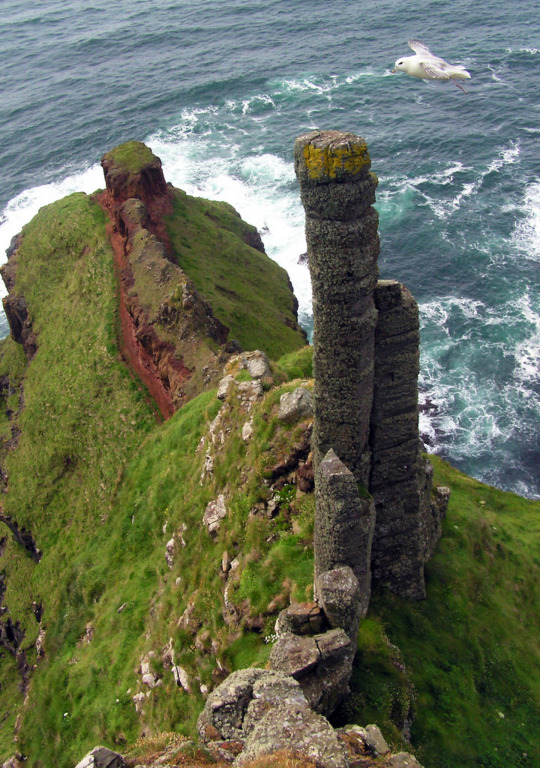
View On WordPress
#irelandinspires#irishhistory#OTD#2 February#Bloody Sunday funerals#History#History of Ireland#Ireland#Irish Civil War#Irish History#Synod of Cashel#Today in Irish History
8 notes
·
View notes